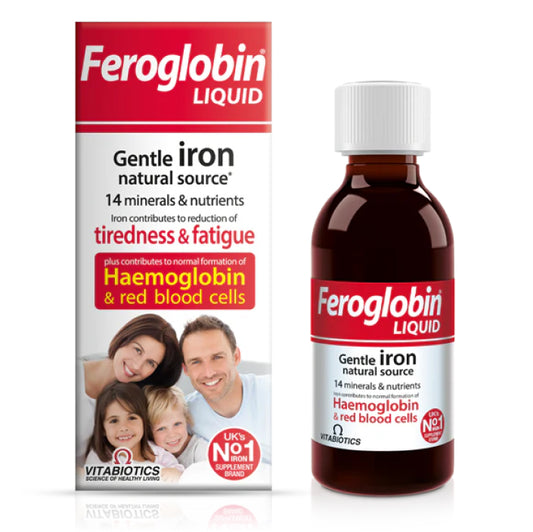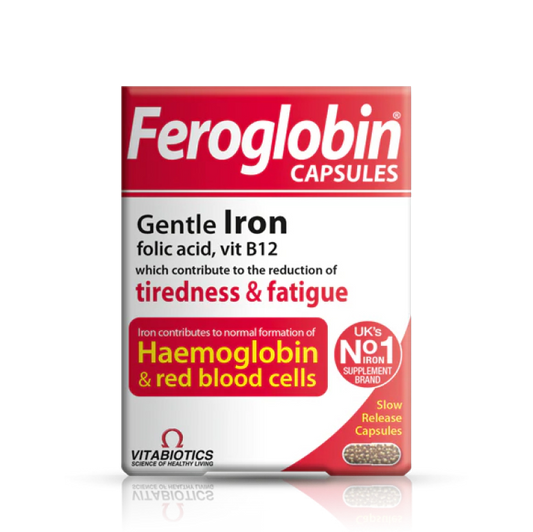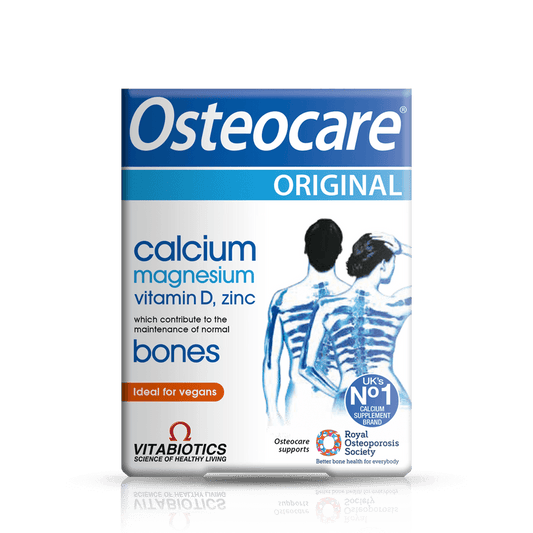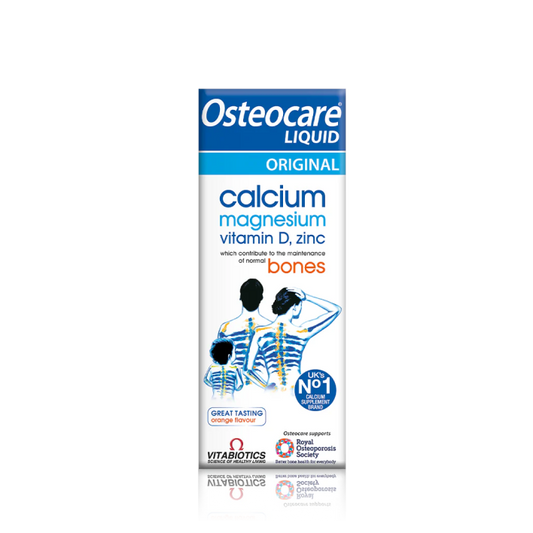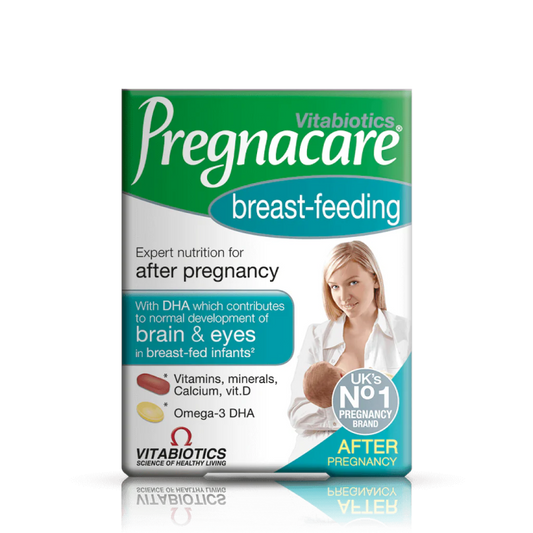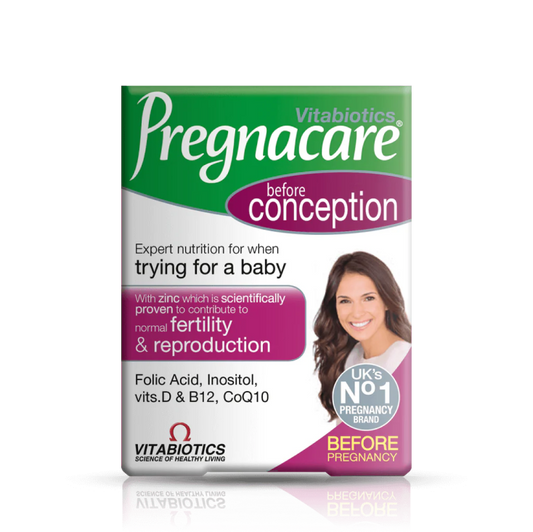In the world of health and nutrition, new trends and information about different components of the diet are constantly emerging. One topic that is generating interest is omega-9 fatty acids. What exactly are these compounds, what do they mean for our health, and where can we find them in our daily diet? Let's take a closer look at these fascinating fatty acids.
What are omega-9 fatty acids?
When talking about fatty acids, it's worth recalling the basic definitions. All fatty acids marked with the prefix "omega" are unsaturated , which means that they contain one or more double bonds in their structure. The classification of these acids is based on the location of the first double bond, counting from the last carbon atom in the fatty acid chain. For example, in omega-3 acids, the first double bond is located three carbon atoms from the end of the chain.
Unsaturated fatty acids are further divided into:
- Monounsaturated fatty acids (MUFA) - which have only one double bond - this group includes omega-7 and omega-9 acids
- Polyunsaturated fatty acids (PUFAs) - which have more than one double bond, such as omega-3 and omega-6
In the case of omega-9 fatty acids, the number "9" tells us that the first double bond is nine carbon atoms from the so-called omega end, or methyl end, of the fatty acid chain.
It’s worth noting that unlike omega-3 and omega-6, omega-9 fatty acids are technically considered “essential” because the human body can synthesize them on its own. This means that we don’t necessarily have to get them from our diet. However, consuming omega-9 fatty acids through food can provide health benefits. The fact that the body can produce them doesn’t diminish their potential role in maintaining good health, especially in the context of the cardiovascular system.
Oleic acid - the most important representative of omega-9
The most common omega-9 fatty acid is oleic acid . It is the most common monounsaturated fatty acid in our diet. Oleic acid is abundant in vegetable and animal fats and oils. It is the main component of fatty acids in olive oil, where its content is around 70-80%. The strong association of oleic acid with the Mediterranean diet, which is widely considered to be one of the healthiest in the world, highlights its potential health benefits.
Chemically, oleic acid has the molecular formula CH3−(CH2)7−CH=CH−(CH2)7−COOH. At room temperature, it is an odorless and colorless liquid, although commercial samples may have a yellowish tint due to the presence of impurities. Its structure is characterized by one double bond in the cis configuration.
What are the dietary sources of omega-9 fatty acids?
Omega-9 fatty acids, especially oleic acid, are widely distributed in many foods. The main dietary sources include:
- Olive oil - especially the first pressing, is one of the richest sources of oleic acid. It contains about 83 grams of omega-9 acids per 100 grams of product and can constitute up to 80% of its composition.
- Rapeseed Oil - also known as Canola Oil
- Avocado oil - containing about 60 grams per 100 grams
- Peanut oil - about 47 grams per 100 grams
- Sunflower oil, safflower oil, sesame oil and almond oil - about 70 grams per 100 grams
- Cashew nut oil - about 73 grams per 100 grams
- Mustard oil and soybean oil
In addition to oils, nuts and seeds are also good sources of omega-9 fatty acids. Almonds (containing about 30 grams per 100 grams), cashews (about 24 grams per 100 grams), hazelnuts, macadamia nuts, pistachios, peanut butter, and walnuts (about 9 grams per 100 grams) are valuable sources of these healthy fats.
We can’t forget about avocados and olives , which also contain significant amounts of omega-9 fatty acids. Almond butter is another option for those who want to increase their intake of these fats.
The Mediterranean diet, rich in olive oil, a major source of oleic acid, has long been associated with numerous health benefits. Including a variety of foods rich in omega-9 fatty acids in your daily diet, in the context of a balanced diet, is a practical and effective way to support your health.
Table 1: Dietary sources of omega-9 fatty acids
|
Food product |
Approximate omega-9 content per 100g |
|
Olive oil |
83g |
|
Cashew nut oil |
73g |
|
Almond oil |
70g |
|
Avocado oil |
60g |
|
Peanut oil |
47g |
|
Almonds |
30g |
|
Cashew nuts |
24g |
|
Walnuts |
9g |
|
Avocado |
~10g |
Note: Omega-9 content may vary depending on the specific product and its extraction method.
What are the health benefits of omega-9 fatty acids?
Omega-9 fatty acids can provide a number of health benefits, so it’s worth considering including them in your daily diet. Some of the key benefits include:
- Potential impact on heart health - Omega-9 fatty acids have been shown to help reduce the risk of cardiovascular disease and stroke. They work by increasing levels of "good" HDL cholesterol and lowering levels of "bad" LDL cholesterol. Replacing saturated fats with omega-9 fatty acids in your diet can improve LDL cholesterol levels.
- Lowering blood pressure - which is one of the benefits of consuming olive oil, which contains oleic acid. The American Heart Association (AHA) recommends that most of your fat intake come from monounsaturated and polyunsaturated sources, such as omega-9 fatty acids, rather than saturated and trans fats.
- Reduces inflammation in the body – Diets high in oleic acid have shown positive effects on inflammation-related disorders by modulating the immune system. Studies suggest that oleic acid has anti-inflammatory properties, including for eye inflammation. Although omega-3s are often highlighted for their anti-inflammatory effects, omega-9s also appear to help manage inflammation in the body.
- Improving insulin sensitivity and blood sugar control – The study found that diets high in monounsaturated fats improved insulin sensitivity and reduced inflammation in mice and humans. Oleic acid may have beneficial effects on insulin sensitivity and type 2 diabetes. This link between omega-9 fatty acids and improved insulin sensitivity is important for metabolic health and diabetes prevention.
Additionally, research suggests other potential benefits of omega-9s. Oleic acid may help boost energy, reduce anger, and improve mood . Erucic acid, another omega-9, may benefit people with Alzheimer's disease by potentially improving memory and cognitive function. Consuming monounsaturated fats like oleic acid has been linked to a lower risk of age-related cognitive decline.
This may be useful to you: Ultra - vitamins and minerals for daily supplementation
Oleic acid may also aid in fat burning and weight management . Some studies suggest it may prevent ulcerative colitis and fight infections. Oleic acid also has antioxidant properties and potential anti-cancer effects and may aid in skin regeneration .
Omega-9, Omega-3 and Omega-6 Acids - Differences
Omega-9 acids differ from omega-3 and omega-6 acids in their chemical structure:
- Omega-9 fatty acids are monounsaturated, while omega-3 and omega-6 fatty acids are polyunsaturated - meaning that the former have one double bond in their structure, while the latter contain two or more double bonds. This structural difference affects their properties and functions in the body.
- Omega-3 (especially alpha-linolenic acid, ALA) and omega-6 (especially linoleic acid, LA) are considered essential fatty acids - this means that the human body cannot produce them on its own and must be supplied through diet. Omega-9, on the other hand, are non-essential fatty acids, because the body can synthesize them. What's more, the body can even produce small amounts of omega-9 from omega-3 and omega-6.
- Omega-3 fatty acids play a key role in heart health, brain function, vision, and have anti-inflammatory effects. Omega-6 fatty acids primarily provide energy and are important for cell growth and maintenance , but in excess they can be pro-inflammatory.
Maintaining a healthy balance between omega-3 and omega-6 intake is important, ideally with a lower ratio of omega-6 to omega-3 (e.g. 1:1 to 4:1). An imbalance can contribute to inflammation and chronic disease. Some sources suggest that the optimal ratio of omega-3:omega-6:omega-9 is 2:1:1. The key is to focus on your overall intake of healthy fats, not just one type.
Table 2: Comparison of Omega-3, Omega-6 and Omega-9
|
Characteristic |
Omega-3 fatty acids |
Omega-6 acids |
Omega-9 acids |
|
Classification |
Polyunsaturated |
Polyunsaturated |
Monounsaturated |
|
Necessity |
Essential (ALA) |
Essential (LA) |
They are not essential (the body synthesizes them) |
|
Main types |
ALA, EPA, DHA |
LA, ARA, GLA |
Oleic acid, erucic acid |
|
Main roles in the body |
Heart, brain, vision health, anti-inflammatory |
Energy, cell growth and maintenance, may be pro-inflammatory |
Heart health, may have anti-inflammatory effects |
|
Main food sources |
Oily fish, linseed, walnuts |
Vegetable oils, nuts, seeds |
Olive oil, avocado, nuts |
What is the recommended daily intake of omega-9 fatty acids?
Because the body can produce omega-9 fatty acids on its own, there are no specific recommended daily intakes . Some sources provide general recommendations for total monounsaturated fat intake, but not specifically for omega-9 fatty acids. One source suggests a daily intake of 25g for women and 30g for men.
The key is to focus on replacing unhealthy saturated and trans fats with healthy monounsaturated and polyunsaturated fats, including omega-9 fatty acids . Including a variety of foods rich in healthy fats, such as olive oil, avocados, and nuts, will naturally provide adequate omega-9 intake. The lack of strict guidelines for omega-9 intake suggests that a balanced diet rich in a variety of healthy fat sources should provide sufficient omega-9 for most people.
This may be useful to you: Ultra Omega 3-6-9 Omega acids in capsules
Is too much omega-9 harmful?
Although omega-9 fatty acids are beneficial to health, overconsumption, especially in the context of an unhealthy diet, may be associated with certain risks. If our diet is already high in unhealthy fats and cholesterol, consuming too many omega-9 fatty acids may increase the risk of obesity and cardiovascular disease . Excessive consumption of omega-9 fatty acids can also raise cholesterol levels, potentially negating the intended benefits.
It’s also important to maintain a balance between the different types of fatty acids . Too many omega-9s can lead to internal buildup, especially if you don’t get enough omega-3s to help break them down. Maintaining a balance between omega-3s, omega-6s, and omega-9s is essential for overall health. The potential negative effects of excessive omega-9 consumption underscore the importance of moderation in nutrition and the importance of considering the overall context of your diet.
Omega-9 Summary
Omega-9 acids are a group of unsaturated fatty acids, the most important of which is oleic acid. Although the body can synthesize them, consuming them in the diet brings numerous health benefits, especially for the cardiovascular system, by improving the lipid profile and lowering blood pressure. Rich sources of omega-9 acids are olive oil, avocado, nuts and some vegetable oils.
Although there are no specific recommendations for daily omega-9 intake, it is important to include a variety of healthy fats in your diet and maintain a balance between omega-3, omega-6 and omega-9. It is also important to remember moderation, as excessive consumption of omega-9, especially in the context of an unhealthy diet, can have negative effects. By making informed food choices and choosing a balanced diet rich in a variety of healthy fats, we can fully utilize the potential of omega-9 for our health.


